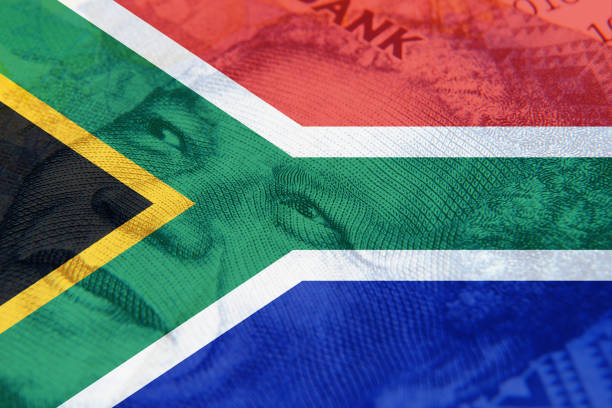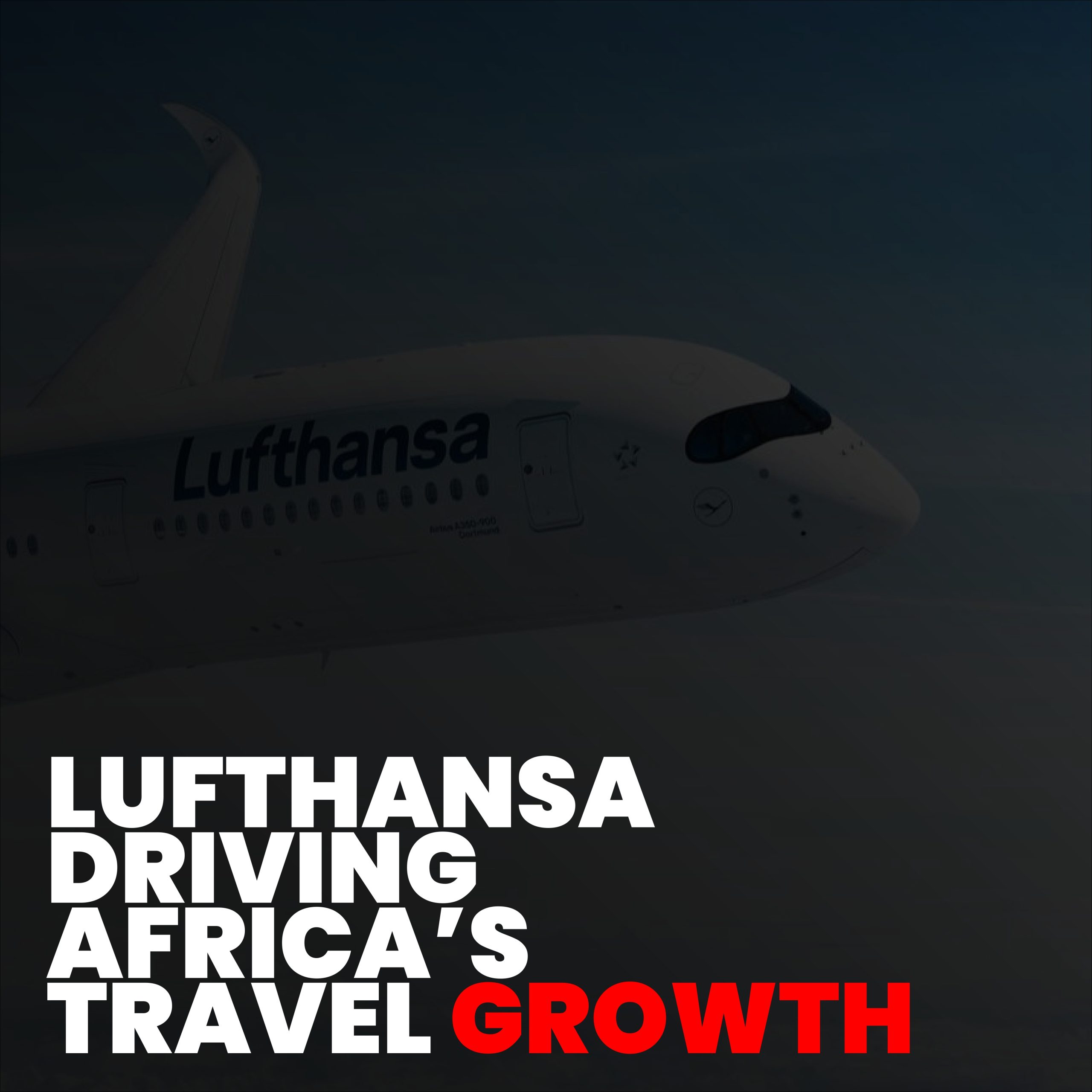
South Africa Inflation Edge: Balancing Stability and Growth
The South Africa inflation edge upward to 3.4% in September, reinforcing the Reserve Bank’s reputation for maintaining stability while guiding economic growth. It’s a delicate balance — controlling inflation without slowing down the economy.
Moderation in Motion
This slight rise, from 3.3% to 3.4%, indicates that prices remain stable despite global volatility. South Africa’s disciplined monetary policy has kept inflation within the 3–6% target band for months, a testament to SARB’s effective strategy.
Drivers of the Inflation Edge
Food and utilities were the largest contributors to the increase, rising around 4.5%. While minor, these upticks reflect ongoing cost pressures faced by households. However, transportation and fuel prices remained contained, providing some relief.
Analyst Perspective
Financial analysts interpret this mild South Africa inflation edge as a signal of a healthy economic environment. It allows room for interest-rate cuts to stimulate credit demand, infrastructure investment, and consumer confidence.
Monetary Strategy Outlook
Lower interest rates would boost borrowing, support small businesses, and encourage investment. With inflation below the midpoint of the SARB’s target, policymakers have flexibility to act decisively in favor of growth.
Global Comparison
Globally, inflation trends are higher — averaging 4–6% in many emerging economies. South Africa’s modest increase positions it as one of the most stable inflation environments in the developing world.
Conclusion
The South Africa inflation edge reflects economic resilience and disciplined policy. With the potential for lower rates ahead, South Africa stands poised for stronger, more inclusive growth.
FAQs
Q1: What is the current inflation figure?
It’s 3.4% year-on-year for September.
Q2: Is this within SARB’s target?
Yes, well within the 3–6% range.
Q3: What sectors drive inflation?
Food, housing, and utilities.
Q4: Could rates be cut soon?
Yes, economists anticipate rate reductions in 2026.
Q5: How does this compare globally?
South Africa’s inflation remains lower than most peers.


